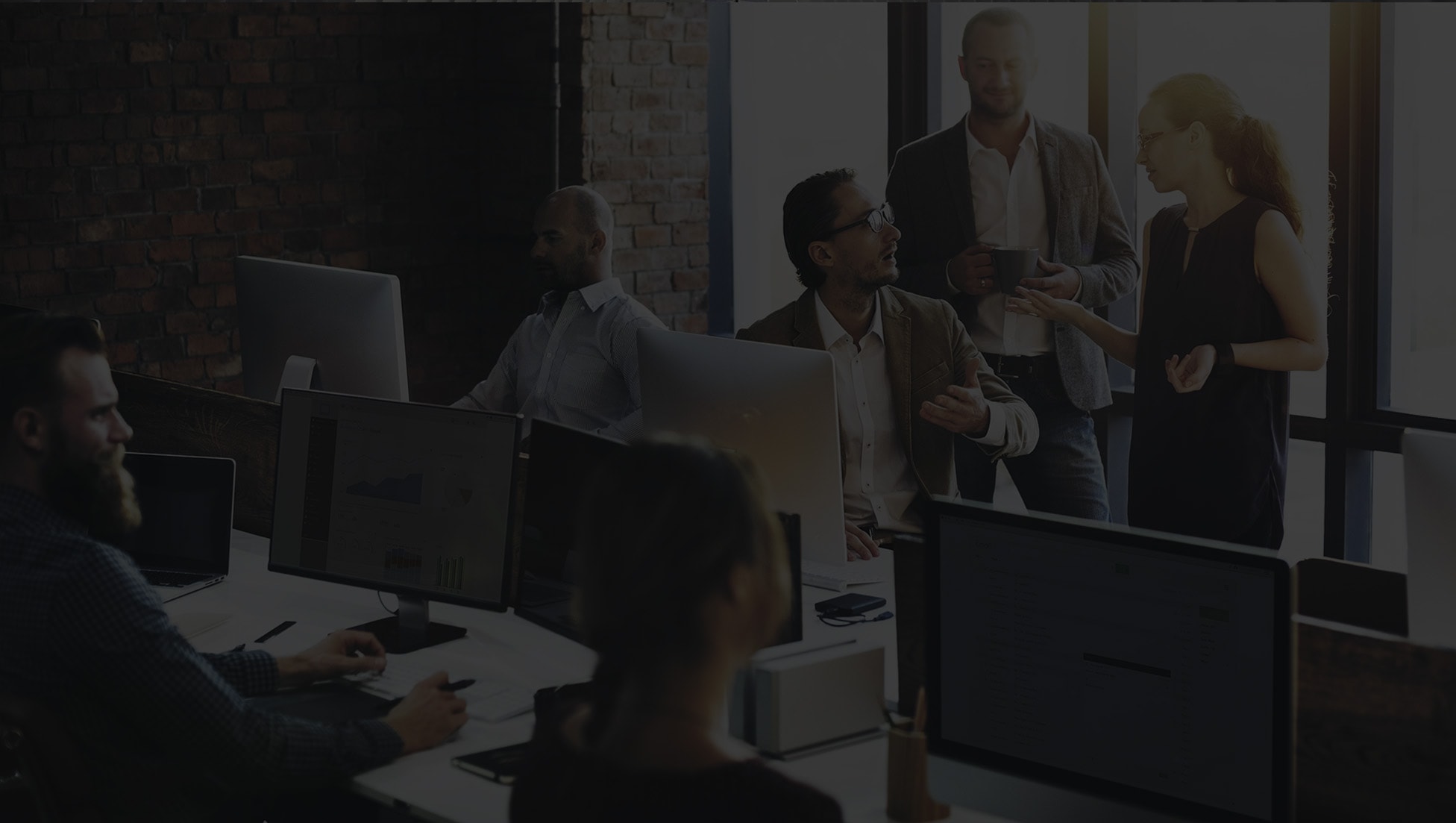In the fast-paced, ever-changing, and technologically-advanced business arena of today, it’s imperative for enterprises to be agile.
Agile methods:
- Increase levels of predictability for company performance
- Ensure you’re delivering the right products at the right times with the highest quality
- Speed up the time it will take to see a return on your investment
- Allow you to innovate and stay competitive while increasing customers’ satisfaction
- Guarantee cost-savings of overall product development
While research indicates that agile is becoming the new norm, many enterprises are still stuck in waterfall methods and are in fact struggling, even if they don’t realize it. If you want to stay ahead of the competition for years to come, here’s what you’ll need to do to make your enterprise more agile.

“Learn from yesterday, live for today,
hope for tomorrow. The important thing is
not to stop questioning.”
– Albert Einstein
Acquire Executive Involvement and a Flexible Operating Model
If your enterprise’s executive team isn’t on board for adopting more agile methods, then agile methods will never be realized across your organization. Executives will have to articulate a cohesive and shared vision of what becoming agile means for your entire organization, and then they’ll have to promote that vision across the organization. They’ll also have to promote and plan for a more flexible operating model that they will endorse, which will in turn create a more cohesive culture that starts leaning toward more agile methods. The new agile operating model should move away from more static methods that don’t account for rapid and data-driven evolution.
Develop an Variable Budgeting Strategy
The structure of a budgeting strategy will always define the overall structure and priorities of the enterprise itself. Budgets are not built around projects inside an agile environment. Instead, budgets are built around teams and the work that the teams are doing, often across various departments and sects within an enterprise. If your enterprise is still budgeting for projects within a waterfall structure, then that’s how your operating model will always be structured no matter what. When using agile methods, structure budgets around the people who make up your teams and the tasks they complete as they evolve and change, as well as other allocated resources used.
Eradicate Silos and Improve Communications and Data Sharing
For agile methods to work across an enterprise, department silos and siloed communications must end. One of the best ways to do this, is to house all data across the organization in one place that everyone can access at the same time. For instance, IT should have access to customer data, and marketing associates should have access to end-user data. This way, teams can work together quickly to innovate and improve products and services on a rolling basis. Additionally, all employees should use the same platforms to communicate with each other on a routine basis about data and other relevant information, as they’re developing and executing products and services.
Lose the Project-Based Mindset and Focus on Teams Instead
Overall, professionals across an agile organization should lose their project-based mindsets. Projects have distinct beginnings and ends. However, with agile methods, product development and improvement are constantly evolving and being perfected. Thinking long-term and continually developing a product that’s always helpful and useful to end-users, will keep teams focused on what’s important. Work doesn’t stop because a project is closed in an agile environment, it continues as long as it’s necessary. And again, when siloed communications are eradicated across the enterprise, teams across departments and sects will be more collaborative and results-driven.
See “Problems” as Challenges with a Solution
At the end of the day, enterprises that adopt agile methods see “problems” as challenges with a solution that can be found using data and open communication, instead of seeing a static project they need to execute until it’s complete. Individuals across an agile enterprise have a growth mindset and will take things like customer feedback and unsuccessful campaigns into account, and use the data that outlines a “problem” to develop new and improved products and services, while they’re communicating across departments and sects.
For more information on how we use agile methods and approaches when delivering our services, contact CrossLeaf today.

